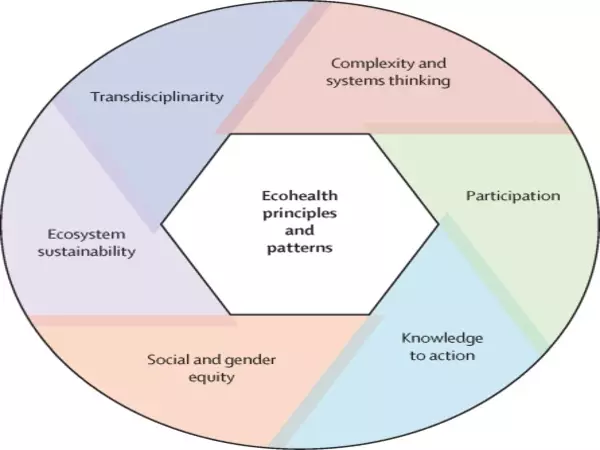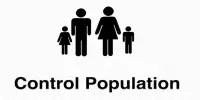Active learning methods can be effective for addressing sustainability issues because they engage learners in hands-on experiences and encourage them to take action in their communities. Active learning methods involve learners in the learning process and allow them to construct their own understanding of the subject matter by interacting with the material in a variety of ways.
Active learning methods such as problem-based learning, project-based learning, and challenge-based learning, according to an international team of educators, are required to provide engineering students with the skills to tackle global issues. Challenge-based learning is the best fit for sustainability education among the options listed above.
“Challenge-based learning is frequently focused on global challenges. Students who accept the challenge frequently have no idea what the solution will be. The facilitator prevents them from focusing on a solution too soon and encourages them to examine the problem from multiple perspectives, including scientific perspectives” Vilma Sukacke, a researcher at Lithuania’s Kaunas University of Technology (KTU), agrees.
Sustainability education, according to various scholars, requires a contextual, problem-oriented, reflective, interdisciplinary, collaborative, participatory, ethical, and empowered learning environment. In other words, educators must transition from traditional teacher-centered education to becoming instructional designers of student-centered education.
Challenge-based learning is frequently focused on global challenges. Students who accept the challenge frequently have no idea what the solution will be. The facilitator prevents them from focusing on a solution too soon and encourages them to examine the problem from multiple perspectives, including scientific perspectives.
Vilma Sukacke
To assess the efficacy of such approaches, a group of researchers from Lithuanian, Danish, German, Portuguese, and Spanish universities conducted a systematic literature review, focusing on the three active learning methods, namely project-, problem-, and challenge-based learning, as defined by the ADDIE (analysis, design, development, implementation, and evaluation) framework.
Clear communication is the key
Although educators agree that problem-based learning (PBL), project-based learning (PjBL), and, more recently, challenge-based learning (CBL) are effective in teaching students to integrate technology in real-life situations and improving transversal skills like teamwork, communication, and conflict resolution, implementing these methods in the classroom may be difficult for both sides.
“In my practice, I have noticed that sometimes students are questioning innovative learning methods and are considering them as a sort of a “game.” As these classes often take place in a playful environment, full of different pencils, colorful notes, and building blocks, it’s difficult for the students to take them seriously. Therefore, it’s very important to communicate the methods and the goals to the learners very clearly,” says Professor Saule Petroniene from KTU Faculty of Social Sciences, Arts and Humanities, a co-author of the study.
According to her, to successfully applying unorthodox teaching methods is a challenge for a beginning teacher. However, the effort pays off, especially, when students are continuing their activities outside of the scope of the school project and focusing on solving real societal issues.

Change of roles — a challenge for both teachers and students
Researchers believe that implementing CBL, PjBL, and PBL necessitates a paradigm shift in which organizations, staff, and students change their perspectives on education and learning. Both teachers and students must apply new skills and take on roles that they may not have had previously.
“Both students and teachers struggle to accept their new roles — a teacher is no longer the primary provider of knowledge, and a student is not a passive listener who absorbs knowledge like a sponge,” says Sukacke, who interviewed ECIU University (an EU-funded European University that uses CBL in its activities) teachers who used CBL in their classes.
According to Sukacke, in CBL, both teachers and students experience a high level of uncertainty because it is unclear what resources will be required and what solution will be implemented at the outset (which contradicts our urge to find it at any cost, as soon as possible). CBL is built around an extensive multidisciplinary analysis of the challenge. As a result, more consultations are frequently required during the intermediate stages of problem-solving, necessitating additional time and skills from the facilitating teacher.
Active learning continues after the classes are over
However, the educators believe that the benefits of active learning methods outweigh the challenges; with the greatest gain being sustainable education — the graduates become continuous learners themselves, enabled to continue adapting their skills and competencies to different challenges they face in real-life.
“Recently, one of my former students approached me and expressed gratitude for resolving a real-life problem in a student dormitory. Students were able to apply the solution they discovered in class to real-world problems. I’m sure many students feel the same way: by learning to solve real-world problems, they achieve different results in their studies and outside of the classroom. Learning to work in a team is one of the most important skills taught in these classes” Petroniene explains.
Dr. Lina Gaiziuniene, a study co-author, believes that the modern learning / teaching paradigm is based on the teacher’s support, allowing students to grow as independent learners.
“Cooperation is essential in this process. It enables the teacher to gain a better understanding of the student’s goals in terms of knowledge, skills, and studying preferences. A student and a teacher become partners, which motivates both parties to perform to the best of their abilities. This, in turn, boosts motivation “Gaiziuniene, a researcher at the KTU Faculty of Social Sciences, Arts, and Humanities, explains.
According to Sukacke, teachers who used CBL in their classes were more motivated to use other teaching innovations; students developed a variety of soft skills and met their academic objectives.














